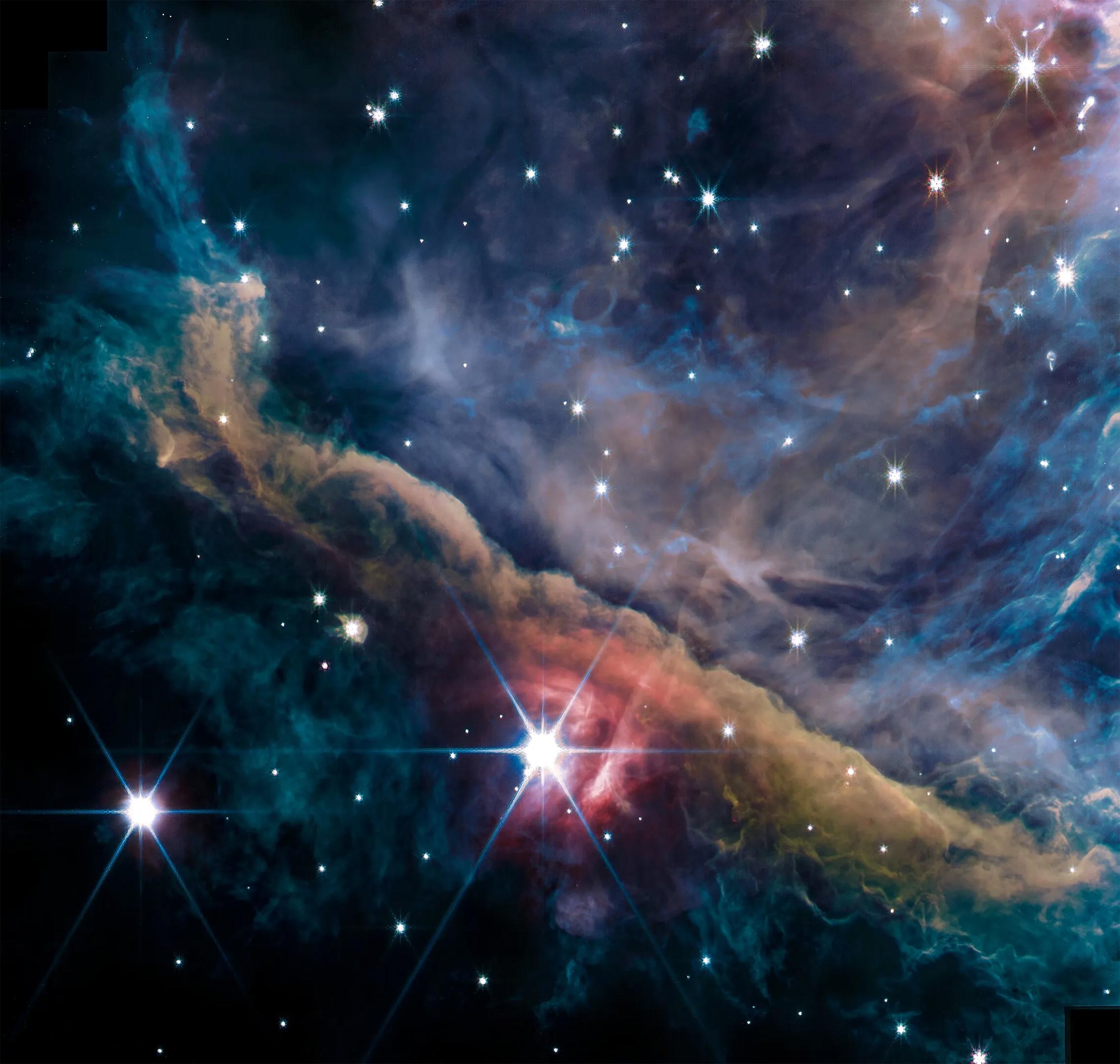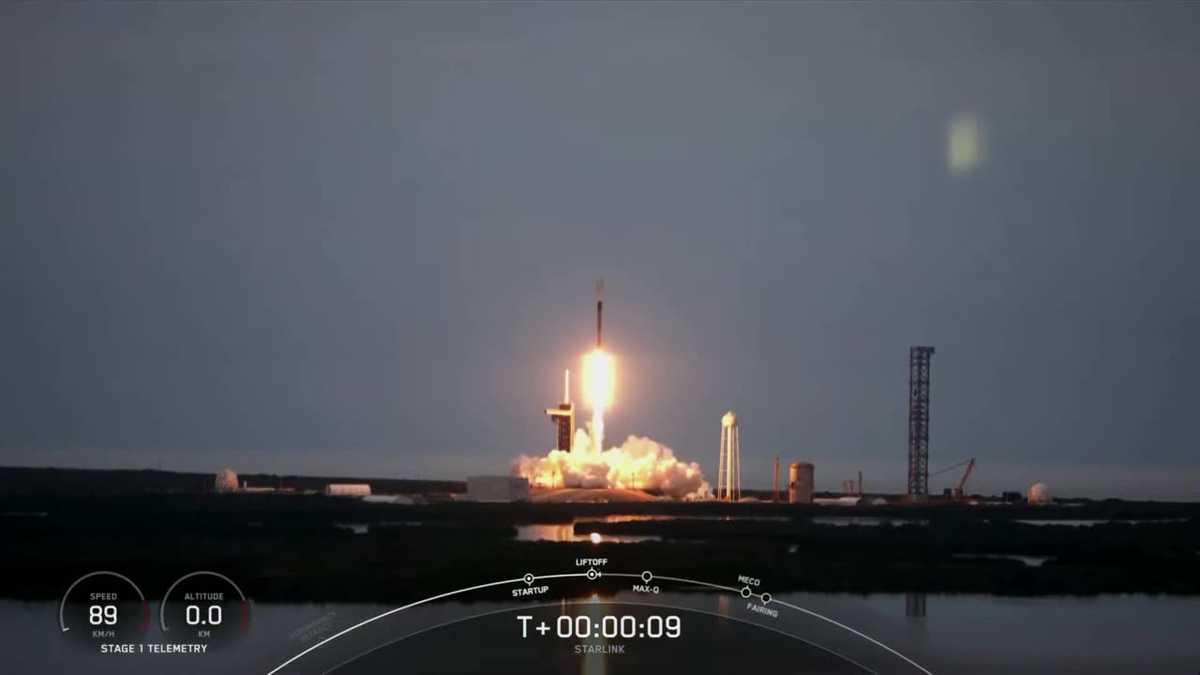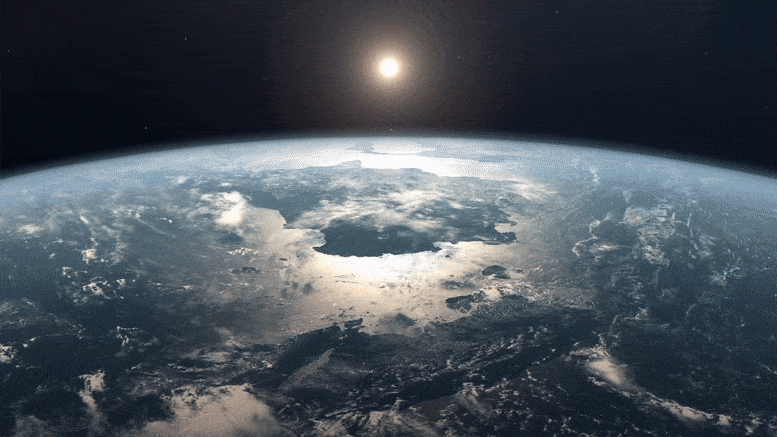
제임스 웹 우주 망원경의 NIRCam 기기로 본 오리온 성운의 내부. 이것은 이온화된 가스, 분자 가스, 탄화수소, 먼지 및 산란된 별빛의 방출을 나타내는 여러 필터의 합성 이미지입니다. 가장 눈에 띄는 것은 이 이미지의 왼쪽 상단에서 오른쪽 하단으로 흐르는 두꺼운 가스와 먼지의 벽인 Orion Bar로 밝은 별 θ를 포함하고 있습니다.2 Orionis A. 이 장면은 이미지 오른쪽 상단에 있는 뜨겁고 젊고 무거운 별 무리(사다리꼴 성단으로 알려짐)에 의해 조명됩니다. Trapezium 어레이의 강력하고 거친 UV 광선은 오른쪽 상단에 뜨거운 이온화 환경을 생성하여 Orion 막대를 천천히 침식합니다. 입자와 먼지는 빽빽한 리본이 제공하는 보호된 환경에서 더 오래 생존할 수 있지만, 항성 에너지의 폭발은 원반과 공동이 있는 필라멘트, 구상체 및 어린 별의 놀라울 정도로 풍부함을 나타내는 영역을 개척합니다. 출처: NASA, ESA, CSA, 데이터 축소 및 분석: PDRs4All ERS 팀; S. Fuenmayor . 그래픽 처리
새로운 웹 이미지는 오리온 성운의 놀라운 모습을 보여줍니다
“We are blown away by the breathtaking images of the Orion Nebula. We started this project in 2017, so we have been waiting more than five years to get these data,” said Western University astrophysicist Els Peeters.
These images have been obtained as part of the Early Release Science program Photodissociation Regions for All (PDRs4All ID 1288) on JWST. Co-led by Peeters, French National Centre for Scientific Research (CNRS) scientist Olivier Berné, and Institut d’Astrophysique Spatiale (IAS) associate professor Emilie Habart, PDRs4All is an international collaboration that involves a team of more than one hundred scientists in 18 countries. Other Western University astrophysicists involved in PDRs4All include Jan Cami, Ameek Sidhu, Ryan Chown, Bethany Schefter, Sofia Pasquini, and Baria Kahn.

Young star with disk inside its cocoon: Planet forming disks of gas and dust around a young star. These disks are being dissipated or “photo-evaporated” due to the strong radiation field of the nearby stars of the Trapezium creating a cocoon of dust and gas around them. Almost 180 of these externally illuminated photoevaporating disks around young stars (aka Proplyds) have been discovered in the Orion nebula, and HST-10 (the one in the picture) is one of the largest known. The orbit of Neptune is shown for comparison.
Filaments: The entire image is rich in filaments of different sizes and shapes. The inset here shows thin, meandering filaments that are especially rich in hydrocarbon molecules and molecular hydrogen.
θ2 Orionis A: The brightest star in this image is θ2 Orionis A, a star that is just bright enough to be seen with the naked eye from a dark location on Earth. Stellar light that is reflecting off dust grains causes the red glow in its immediate surroundings.
Young star inside globule: When dense clouds of gas and dust become gravitationally unstable, they collapse into stellar embryos that gradually grow more massive until they can start nuclear fusion in their core – they start to shine. This young star is still embedded in its natal cloud.
Credit: NASA, ESA, CSA, Data reduction and analysis: PDRs4All ERS Team; graphical processing S. Fuenmayor & O. Berné
“These new observations allow us to better understand how massive stars transform the gas and dust cloud in which they are born,” said Peeters. She is a Western University astronomy professor and faculty member at the Institute for Earth and Space Exploration.
“Massive young stars emit large quantities of ultraviolet radiation directly into the native cloud that still surrounds them, and this changes the physical shape of the cloud as well as its chemical makeup. How precisely this works, and how it affects further star and planet formation is not yet well known.”
The newly released images reveal numerous spectacular structures inside the nebula, down to scales comparable to the size of the Solar System.
“We clearly see several dense filaments. These filamentary structures may promote a new generation of stars in the deeper regions of the cloud of dust and gas. Stellar systems already in formation show up as well,” said Berné. “Inside its cocoon, young stars with a disk of dust and gas in which planets form are observed in the nebula. Small cavities dug by new stars being blown by the intense radiation and stellar winds of newborn stars are also clearly visible.”
Proplyds, or ionized protoplanetary disks, consist of a central protostar surrounded by a disk of dust and gas in which planets form. Scattered throughout the images are several protostellar jets, outflows, and nascent stars embedded in dust.
“We have never been able to see the intricate fine details of how interstellar matter is structured in these environments, and to figure out how planetary systems can form in the presence of this harsh radiation. These images reveal the heritage of the interstellar medium in planetary systems,” said Habart.

Orion Nebula: JWST versus Hubble Space Telescope (HST): The inner region of the Orion Nebula as seen by both the Hubble Space Telescope (left) and the James Webb Space Telescope (right). The HST image is dominated by emission from hot ionized gas, highlighting the side of the Orion Bar which is facing the Trapezium Cluster (off the top right of the image). The JWST image also shows the cooler molecular material that is slightly further away from the Trapezium Cluster (compare the location of the Orion Bar relative to the bright star θ2 Orionis A for example). Webb’s sensitive infrared vision can furthermore peer through thick dust layers and see fainter stars. This will allow scientists to study what is happening deep inside the nebula.
Credit: NASA, ESA, CSA, PDRs4All ERS Team; image processing Olivier Berné.
Credit for the HST image: NASA/STScI/Rice Univ./C.O’Dell et al. – Program ID: PRC95-45a. Technical details: The HST image used WFPC2 mosaic. This composite image uses [OIII] (파란색), 이온화된 수소(녹색) 및 [NII] (빨간색).
아날로그 진화
오리온 성운은 오랫동안 태양계의 요람(45억 년 전에 형성되었을 때)과 유사한 환경으로 여겨져 왔습니다. 이것이 오늘날 과학자들이 오리온 성운을 관찰하는 데 관심을 갖는 이유입니다. 그들은 유추에 의해 우리 행성의 진화의 처음 백만 년 동안 무슨 일이 일어났는지 이해하기를 희망합니다.
오리온 성운과 같은 별 보육원의 핵심은 많은 양의 별가루로 인해 가려지기 때문에 다음과 같은 망원경으로 가시광선에서 내부에서 일어나는 일을 연구하는 것은 불가능합니다. 허블 우주 망원경. Webb가 파일을 감지합니다. 적외선 천문학자들이 이 먼지 층을 보고 성운 깊숙한 곳에서 발생하는 움직임을 감지할 수 있게 해줍니다.

스피처 우주 망원경(왼쪽)과 제임스 웹 우주 망원경(오른쪽)으로 본 오리온 성운의 내부. 두 이미지 모두 이미지 전체에서 빛나는 탄화수소 먼지의 방출에 특히 민감한 필터를 사용하여 기록되었습니다. 이 비교는 Webb의 이미지가 적외선 전구체인 Spitzer Space Telescope와 얼마나 믿을 수 없을 정도로 정확한지 보여줍니다. 이것은 복잡한 필라멘트에서 즉시 분명하지만 Webb의 날카로운 눈은 또한 우리가 별을 원시행성 소구체 및 원반과 더 잘 구별할 수 있게 해줍니다.
NIRCam 이미지 크레디트: NASA, ESA, CSA, PDRs4All ERS 팀; Olivier Bernet의 이미지 처리.
Spitzer 이미지 제공: NASA/JPL-Caltech/T. Meggeth(University of Toledo, Ohio)
기술 세부 정보: Spitzer 이미지는 IRAC(Spitzer Infrared Array Camera)로 캡처한 3.6미크론의 적외선을 보여줍니다. JWST 이미지는 JWST NIRCam으로 캡처한 3.35μm의 적외선을 보여줍니다. 검은색 픽셀은 감지기가 밝은 별으로 포화되어 발생하는 아티팩트입니다.
“오리온 성운을 관찰하는 것은 Webb의 전례 없이 민감한 장치에 비해 너무 밝았기 때문에 도전이었습니다. 하지만 Webb는 놀랍습니다. Webb는 또한 멀고 희미한 은하도 관찰할 수 있습니다.”[{” attribute=””>Jupiter and Orion, which are some of the brightest sources in the infrared sky,” said Berné.
At the heart of the Orion Nebula is the ‘trapezium cluster’ (also known as Theta Orionis), which was discovered by Galileo. It contains young massive stars whose intense ultraviolet radiation shapes the cloud of dust and gas. Understanding how this intense radiation impacts their surroundings is a key question in understanding the formation of stellar systems like our own solar system.
“Seeing these first images of the Orion Nebula is just the beginning. The PDRs4All team is working hard to analyze the Orion data and we expect new discoveries about these early phases of the formation of stellar systems,” said Habart. “We are excited to be part of Webb’s journey of discoveries.”
Webb is the most powerful space telescope ever created in human history. It was developed in partnership with NASA, the European Space Agency, and the Canadian Space Agency (CSA), and boasts an iconic 6.5-meter-wide mirror, consisting of a honeycomb-like pattern of 18 hexagonal, gold-coated mirror segments and a five-layer, diamond-shaped sunshield the size of a tennis court. As a partner, CSA receives a guaranteed share of Webb’s observation time, making Canadian scientists some of the first to study data collected by the most advanced space telescope ever constructed.

“요은 베이컨과 알코올에 대한 전문 지식을 가진 닌자입니다. 그의 탐험적인 성격은 다양한 경험을 통해 대중 문화에 대한 깊은 애정과 지식을 얻게 해주었습니다. 그는 자랑스러운 탐험가로서, 새로운 문화와 경험을 적극적으로 탐구하며, 대중 문화에 대한 그의 열정은 그의 작품 속에서도 느낄 수 있습니다.”

/cloudfront-us-east-2.images.arcpublishing.com/reuters/3DAMBOQWBBK4XMV2IZNUKNU5LI.jpg)







